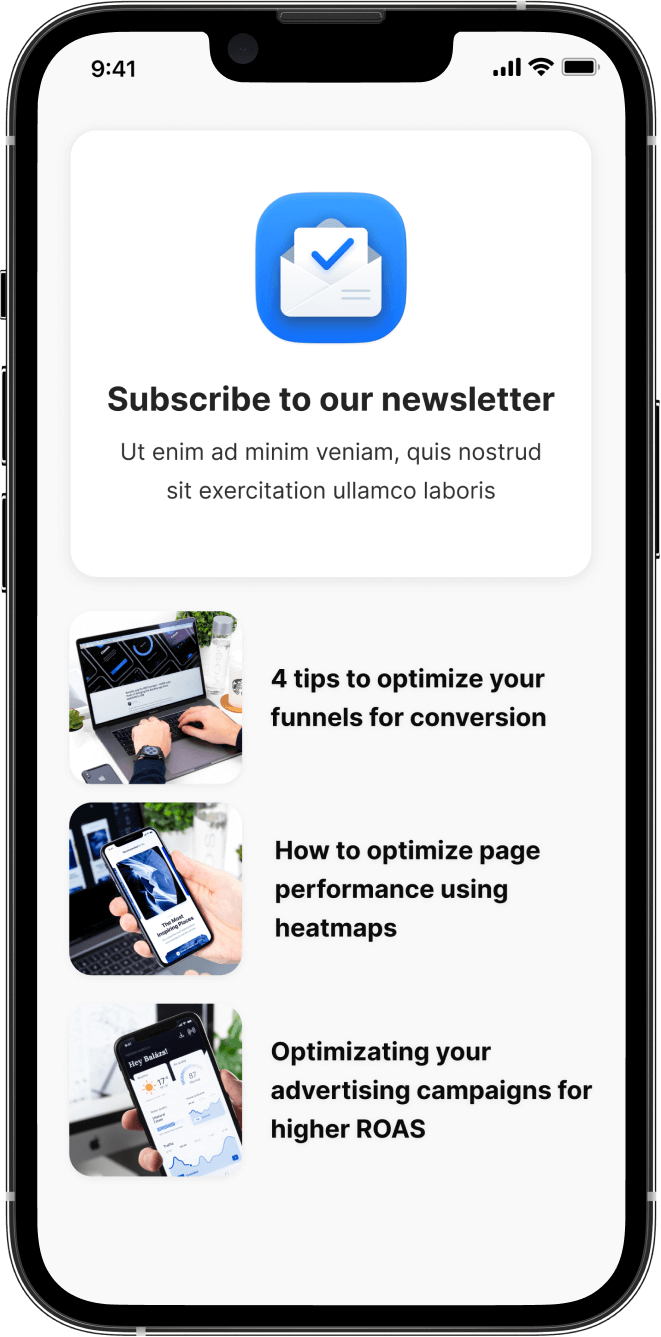How Continuous Glucose Monitoring Can Transform Your Fitness Journey
Use Continuous Glucose Monitoring to optimize workouts, recovery, and fat burning.

In the pursuit of better fitness, many focus on workouts, macronutrients, and supplements—but one powerful tool often goes overlooked: Continuous Glucose Monitoring (CGM). CGM provides real-time data on your blood sugar levels, offering actionable insights to help you optimize nutrition, energy, recovery, and overall performance.
Here’s how you can make the most of CGM data to take your fitness to the next level:
1. Optimizing Workout Timing
CGM reveals your unique glucose trends throughout the day. By tracking when your blood sugar is most stable, you can plan workouts to avoid energy crashes. If you notice glucose dipping too low before exercise, it may be a sign to adjust your pre-workout fueling strategy for better performance.
2. Tailoring Pre-Workout Nutrition
Understanding how different meals affect your glucose allows you to fine-tune your pre-workout nutrition. If you see sharp spikes and crashes, modifying your carbohydrate sources or meal timing can help stabilize energy. For example, slow-digesting carbs like sweet potatoes and oats may support endurance better than fast-digesting options like white rice or fruits, but testing your body’s response is key.
3. Preventing Energy Crashes During Exercise
Some workouts cause sharp drops in blood sugar, leading to fatigue and reduced stamina. CGM can help you identify when intra-workout fueling is necessary. Simple quick carbs such as honey or dates, paired with electrolytes, can help maintain steady energy during longer or more intense sessions.
4. Enhancing Recovery and Muscle Growth
Post-workout glucose data shows how well your body is replenishing glycogen stores. If glucose remains elevated after training, it might indicate poor recovery or excess stress. Adjustments in sleep, hydration, or macronutrient ratios may be needed to support optimal muscle repair and growth.
5. Supporting Weight Management and Fat Burn
A stable glucose curve is essential for efficient fat utilization. Frequent spikes can suggest insulin resistance, which can stall fat loss efforts. CGM helps you track which foods negatively impact your metabolism so you can make smarter meal choices aligned with your physique goals.
6. Avoiding Overtraining and Managing Stress
Erratic glucose readings over time can signal overtraining or high stress levels. If your CGM data shows unstable glucose patterns, it may be time to incorporate more recovery days or stress reduction techniques to protect your overall health and performance.
By incorporating CGM data into your fitness routine, you move beyond guesswork and gain precision insights tailored to your body’s unique responses. Are you already using glucose tracking in your training, or considering trying it out to elevate your results?
Understanding your body’s glucose patterns might just be the missing piece to unlocking your full fitness potential.





